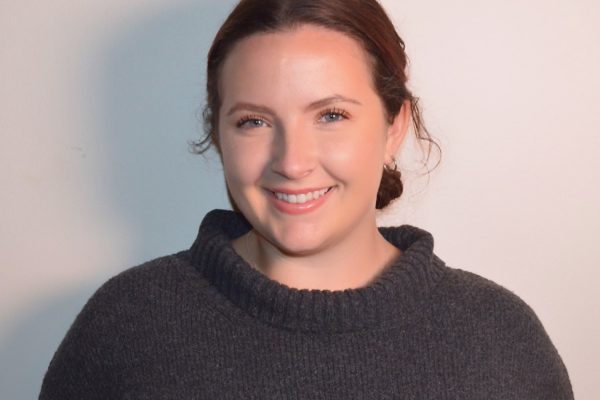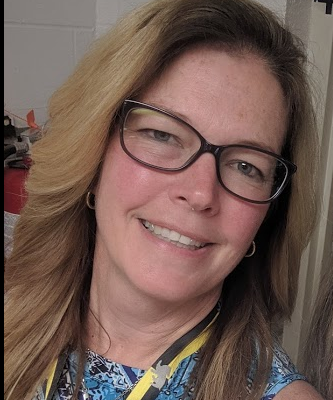Pronouns. That one word encompasses so much. We hear people introducing themselves using pronouns. Social media profiles and email signatures now include pronouns. They are used to identify gender. Students as young as elementary are sharing their choice of pronouns. However the conversation is absent from many professional development opportunities, and it is one topic that educators should be discussing and learning about since many of us grew up in a world where pronouns were for grammar trees and English class. One of the best ways to start the conversation is at an EdCamp!
Why an educator thinks this conversation about pronouns should be happening
The schedule board at Edcamp SEMass was full of engaging topics for educators and students, but the first session had one simply titled pronouns. Sessions at EdCamps are educator driven and participants dive into authentic conversations about  ideas that they are passionate about. This session involved both students and educators in a powerful dynamic to better understand pronoun use since these conversations are not happening at the state and district level. Merriam-Webster’s 2019 Word Of The Year Is The Singular, Nonbinary ‘They.’ EdCampSEMass provided a forum where we shared why school leaders and educators must join in the discussion about pronouns. We also discussed strategies to begin HOW to transform pronoun practice and being transparent.
ideas that they are passionate about. This session involved both students and educators in a powerful dynamic to better understand pronoun use since these conversations are not happening at the state and district level. Merriam-Webster’s 2019 Word Of The Year Is The Singular, Nonbinary ‘They.’ EdCampSEMass provided a forum where we shared why school leaders and educators must join in the discussion about pronouns. We also discussed strategies to begin HOW to transform pronoun practice and being transparent.
Students are growing up in a world where using pronouns to identify their gender is part of their cultural norms.
Why a student thinks this conversation about pronouns should be happening with educators
 As everyone already knows, this new generation is unlike any other. We are proud to be unique. We are open-minded. We try to be accepting and respectful of all people.
As everyone already knows, this new generation is unlike any other. We are proud to be unique. We are open-minded. We try to be accepting and respectful of all people.
But, it wasn’t a part of my school curriculum to accept gender or sexuality as spectrums. To be frank, LGBTQ+ related issues are hardly discussed at all. But, as a current high school senior, I am proud to say that many of my closest friends are a part of the LGBTQ+ community.
The main issue with pronouns today is that they aren’t talked about. We, the youth of today, understand that it all may seem confusing. Even as far back as elementary school, we have been taught that “girl” means “she/her” and “boy” means “he/him”. In today’s society, kids understand their self-identity at a much younger age. If a student has the courage to approach an educator about using different pronouns, the educator should accept and respect the student’s desired pronouns. Also, it’s okay if the educator messes up at the beginning, nobody is perfect. We are all human, and we are all learning and growing together.
Regardless of orientation, it is crucial that educators open the conversation in order to normalize all pronouns and allow easier personal growth and discovery for students.
Personally, when a friend “comes out” to me, I take it as learning another cool fact about them. I think, for example, “Okay, cool, so my friend’s name is _____, their favorite food is tacos, and they use they/them pronouns”.
Conclusion
This conversation needs to be happening more between educators, students, parents, and the community. Our students need to know we support their identities and are trying our best to understand their world. Edcamp SEMass provided a platform for the conversation to occur, and for students to be part of a dynamic conversation that shows we are always learning.
Rayna Freedman
5th grade teacher/MassCUE President
she/hers/her
Lindsay McDonald
12th grade student
she/her/hers
 Print this post
Print this post



